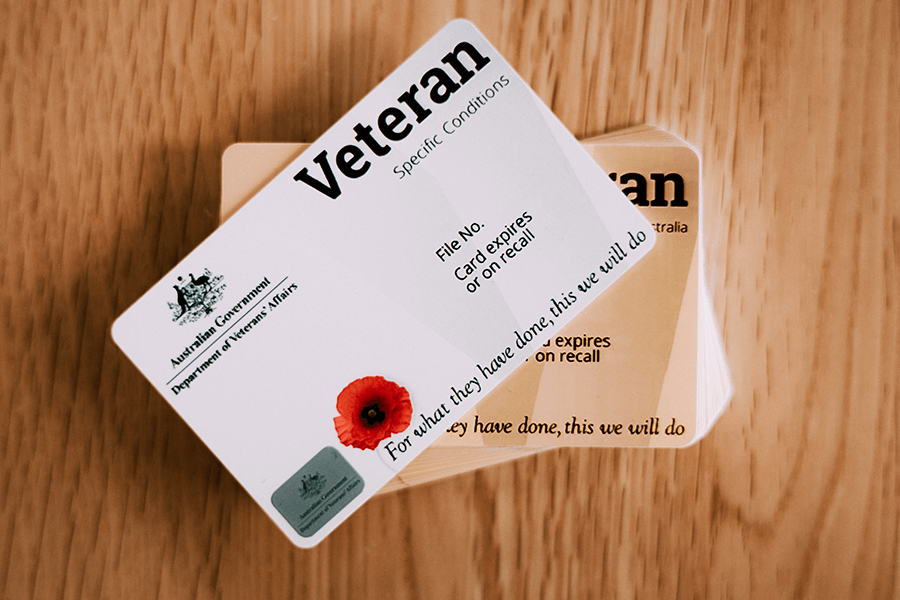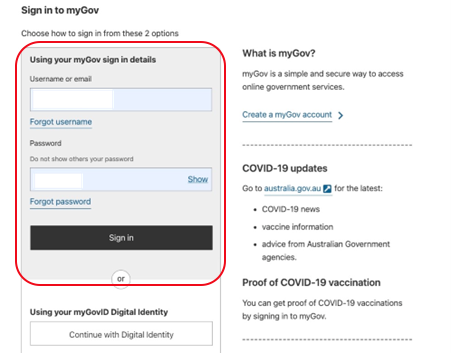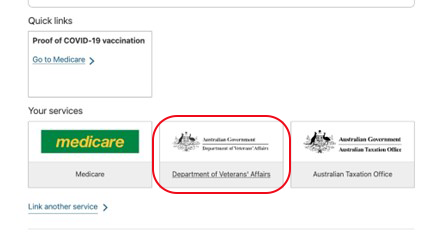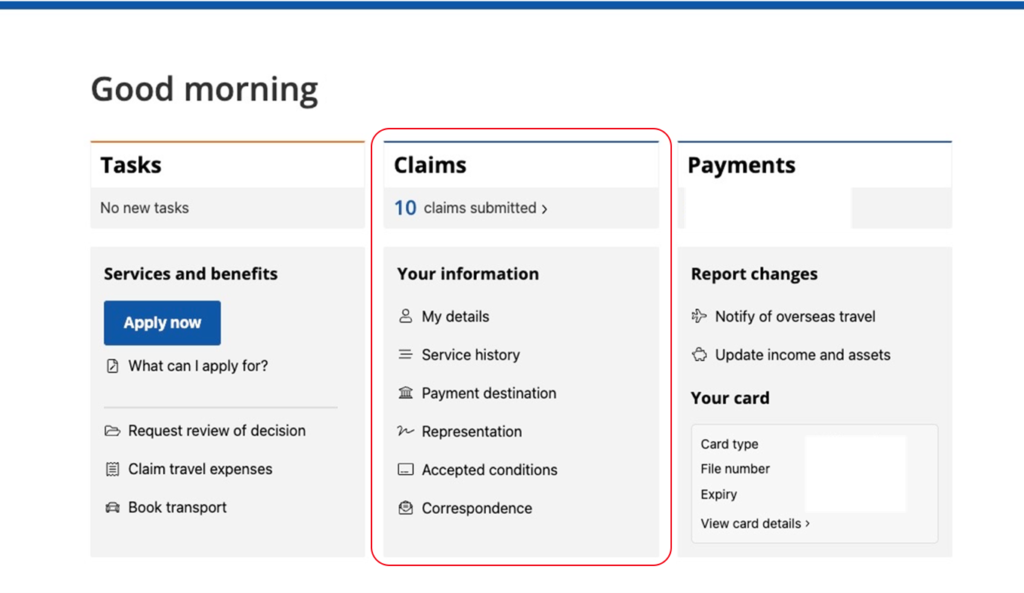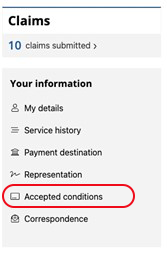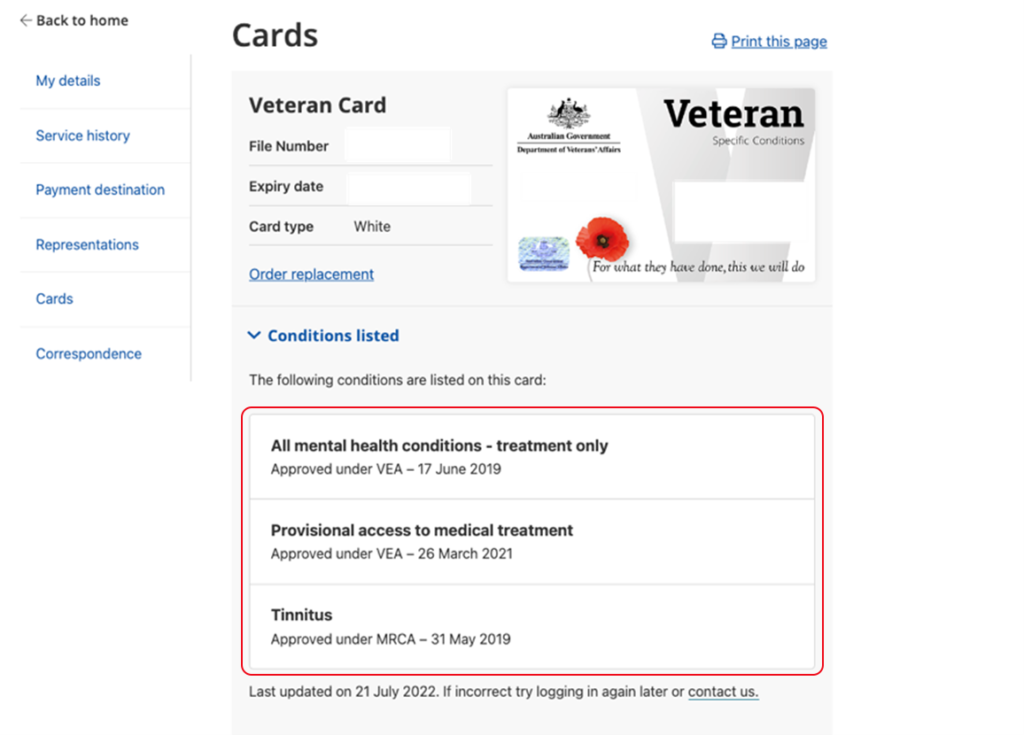Anxiety attacks can feel scary, but you do have some control. Here are 10 effective strategies to help you learn how to calm an anxiety attack fast.
Anxiety can be frightening because it isn’t just about feeling worried — it’s a complex cocktail of emotions. It can have roots in a combination of life pressures, stress, or even underlying mental health conditions. Regardless of what’s causing your anxiety, we’ve got some simple techniques to help you manage your anxiety in the moment.

What does an anxiety attack feel like?
An anxiety attack can feel overwhelming and frightening. Symptoms may include rapid heartbeat, shortness of breath, trembling, sweating, and a feeling of dread.
Everyone experiences an anxiety attack slightly differently, but many people have a sense of losing control or feeling detached from reality.
Is it an anxiety attack or a panic attack?
There are loads of misconceptions about anxiety attacks, so let’s get the first out of the way: anxiety attacks and panic attacks are two different things. They have similar symptoms and have related causes but aren’t identical.
An anxiety attack usually gradually builds when there’s a stressor, like a looming deadline or a difficult conversation. Once the stressor is gone, the anxiety usually subsides, too. A panic attack, however, can take you by surprise; it often arrives unexpectedly, with or without a trigger, and ramps up very quickly.
So, if your heart is galloping like it’s in the Kentucky Derby, your breath is fast, and your thoughts are out of control, you might be having a panic attack or an anxiety attack. The best way to know what you’re experiencing is by looking at the length of the attack (panic attacks usually last less than an hour) and whether there is an obvious trigger.
With both anxiety and panic attacks, there are steps you can take to help you navigate the emotional turbulence and find your way back to a calmer mind and body. Here are some ways to ground yourself and return to a state of calm.
How to manage your anxiety to avoid anxiety attacks
The best way to combat anxiety attacks is to try and ensure your anxiety stays in check. The best way to do this is to try and incorporate these tips into your daily life as often as possible. By managing your anxiety you can help ensure that it won’t spiral into an anxiety attack. Here are some additional tips to help with anxiety management.
Simple but effective, belly breathing is a great place to start. Put one hand on your chest and the other on your stomach. Breathe in through your nose, ensuring your belly rises more than your chest. Exhale slowly through the mouth, and repeat as necessary.
💙 Need a quick one-minute breathing reset? Try Moment of Calm – Breathe with Chibs Okereke.
Stretching and movement
Stretching isn’t just for before or after a workout; it can relieve tension in your body caused by anxiety, too.
Simple neck, shoulders, and back stretches can release that pent-up tension and give you a renewed sense of well-being.
💙 Try Releasing Stress with this episode of the Daily Move. It focuses on movement centred around letting go of stress and anxiety.
Guided imagery
Imagine yourself in a serene setting—a beach, a forest, or even a scene from your favourite book. Try to involve all your senses. What do you see? What can you touch? Immersing yourself in a detailed mental picture can be soothing and calming for lingering anxiety.
💙 Sometimes using a beautiful soundscape can help you set the scene for your guided meditation.
Meditation
Mindfulness meditation helps with anxiety by training the mind to focus on the present moment, thereby reducing the impact of stressors and interrupting the cycle of worry and fear.
💙 If you’re looking for a guided meditation to help you feel more centered try Breathe into Relaxation with Jay Shetty.
Your Ultimate Anxiety Toolkit
Sometimes, trying to remember every helpful tool can feel overwhelming at first, and that’s why we developed the Ultimate Anxiety Toolkit, a resource to help you cope with anxious feelings that contains all the resources you need located in one convenient place.
10 ways to calm an anxiety attack (fast)
Feeling an anxiety attack coming on can feel like watching a storm approach. Whether it’s anxiety about an upcoming social event, about work, or about the future in general, there are ways to help yourself through the worst of it.

1. Try a breathing technique
We’ve all been told to “just relax” but when you’re dealing with an anxiety attack that is easier said than done. Fortunately, specific breathing techniques are designed especially for those times when an anxiety attack is looming.
Deep breathing exercises, for instance, can help by slowing down the heart rate. Try square breathing where you inhale deeply through the nose for a count of four, holding the breath for a count of four, and then exhaling through the mouth for another count of four, and hold again for four.
You can repeat this simple exercise for as long as needed until you feel more in control.
💙 If you’re feeling panicked, Calm’s Panic SOS meditation can really help ground your anxiety by working with the breath.
2. Try progressive muscle relaxation
Sometimes the best way to curb an anxiety attack is to move the mind away from the feelings of panic by moving the body. Practicing progressive muscle relaxation where you focus on relaxing each group of muscles can help you do this.
To practice PMR, you isolate different muscle groups, then tense them and then relax them. Many PMR practices would have you start with the toes, then move up to the feet, then to the calves, up the legs and on and on.
💙 It’s normal for the body to experience tension when stressed, if you’re feeling those physical symptoms try this Release Tension practice with Jay Shetty.
3. Practice visualization
One effective visualization technique for calming an anxiety attack is Safe Place Visualization. Here’s how it works:
- Close your eyes and take deep breaths
- Visualize a peaceful place you love. Engage all your senses: What do you see, hear, and feel?
- Use positive affirmations like “I am calm” or “I am safe“
- Keep breathing deeply as you visualize
- Gently transition back to reality when ready.
This quick technique can help ground you during an anxiety attack and will become more effective with practice.
💙 Looking for another calming meditation practice? Try our Calming Anxiety guided practice.
4. Take a bath
Immersing yourself in water can sometimes feel like a mini-vacation for your anxious mind. Warm water can ease muscular tension, and you can focus on the sensation of water against your skin rather than your runaway thoughts. If you don’t have the option of a bath, splashing water on your face can help to slow your heart rate.
💙 Listening to music in the bath can be wonderful for calming anxiety. Try Restorative Piano 432 hz.
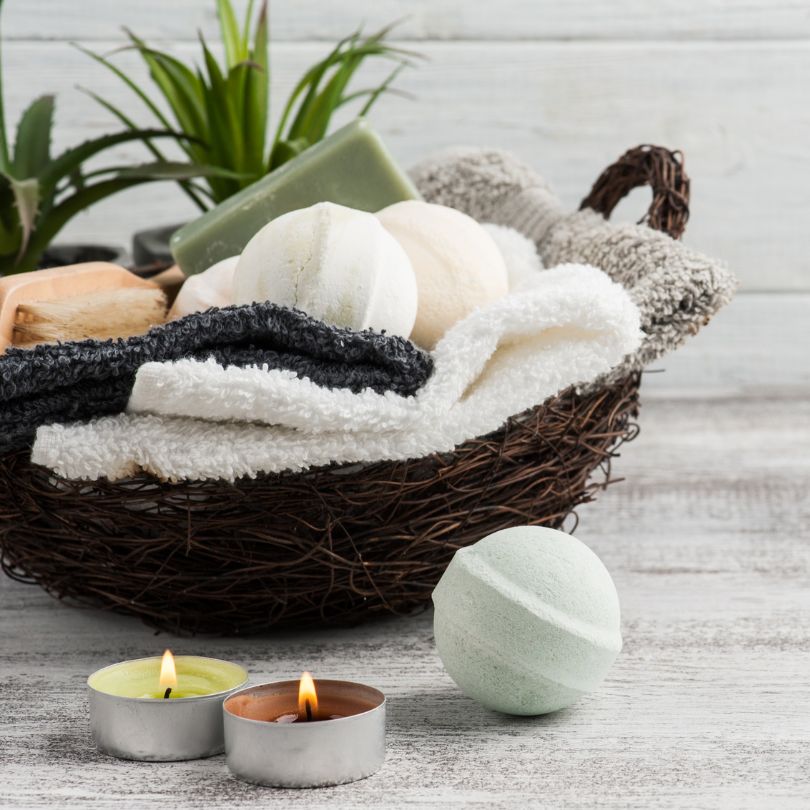
5. Ground yourself with the 5-4-3-2-1 technique
The 5-4-3-2-1 rule is a grounding technique used to focus your mind and body on the present moment, especially effective during an anxiety attack. Here’s how it works:
- Identify 5 things you can see: Look around and notice 5 things in your surroundings.
- Identify 4 things you can touch: Feel the texture of objects around you.
- Identify 3 things you can hear: Listen for and acknowledge 3 sounds.
- Identify 2 things you can smell: Identify two different scents.
- Identify 1 thing you can taste: Focus on the taste in your mouth or sip a drink.
By connecting with your senses, you help ground yourself in the present moment, which can relieve symptoms of an anxiety attack.
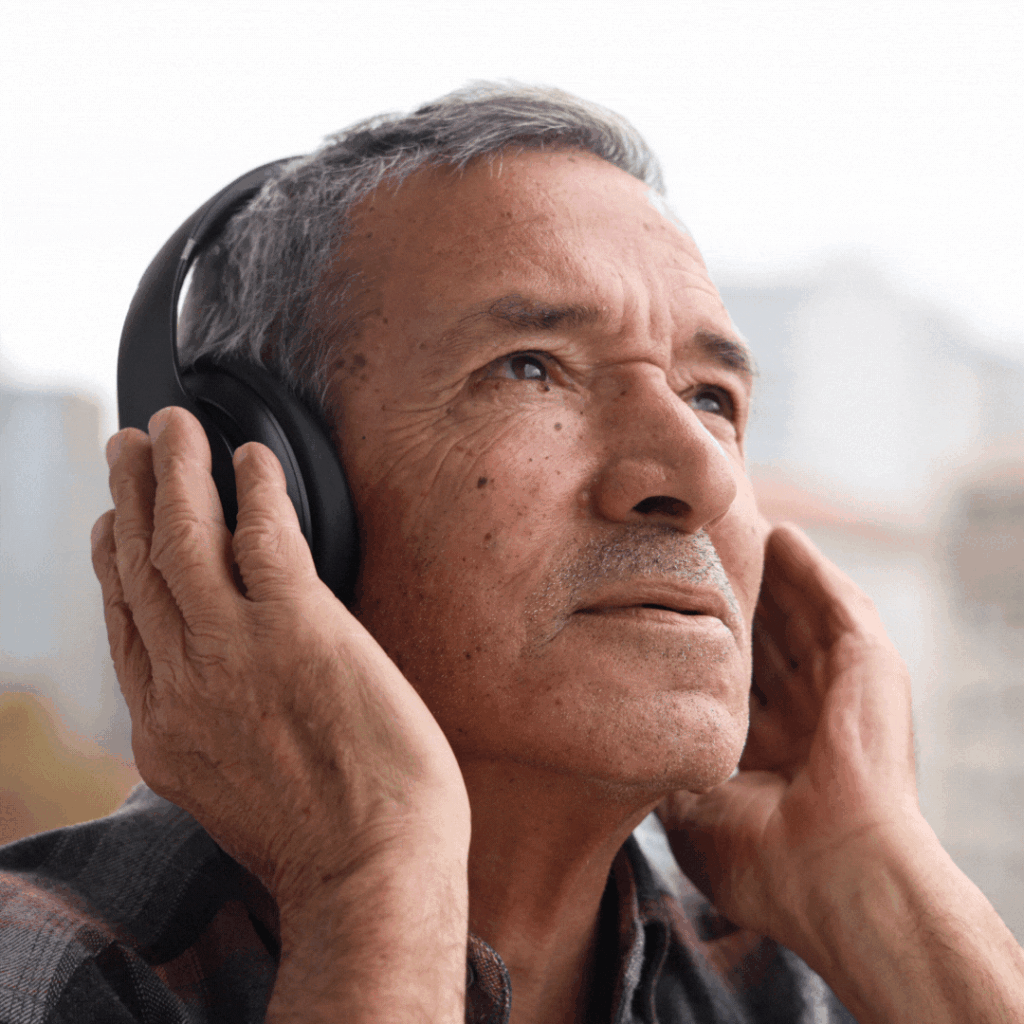
6. Listen to music or soothing sounds
Music has the power to shift our mood in an instant. Create a playlist of songs that calm you down and make you feel centred. If you don’t have your own, the Calm app has a range of soothing sounds and music designed to ease anxious minds.
💙 If you’re looking for a playlist specifically designed to calm your mind and body, try our Bilateral Stimulation EMDR playlist.
7. Walk it off
Getting your body moving can help to shift your mental state. Take a quick walk around the block or, if that’s not an option, simply pace around the room. Even gentle physical activity can get your blood flowing and naturally lift your mood. If your anxiety is very severe, it might be wise to take a friend with you or tell someone where you’re going just in case.
💙 If you’re looking for a mindful movement practice to help calm feelings of anxiety try, Softening Anxiety with Mel Mah.
8. Share your feelings
Sometimes, you just need to get things off your chest. Reach out to a friend or family member you trust, because putting our feelings into words and gaining another perspective can lessen the weight of our worries.
Sometimes saying the words, “I think I’m having an anxiety attack” out loud can help to disempower the attack. By speaking the words to someone who can help you, you’re offloading some of the responsibility from your own shoulders which can help lessen those feelings of anxiety.
9. Avoid stimulants like coffee and other caffeinated beverages
While there are plenty of tense moments in life where a cosy cup of coffee or tea will relax you, the middle of an anxiety attack is not one of them. Drinks containing caffeine can make anxiety worse. If you’re in the middle of an attack, it’s best to avoid them. Instead, choose herbal tea or sip a glass of water.
A word of caution: Drinks containing alcohol might give someone a temporary feeling of relief, but once the effects wear off the feelings of anxiety could rebound and be even worse.
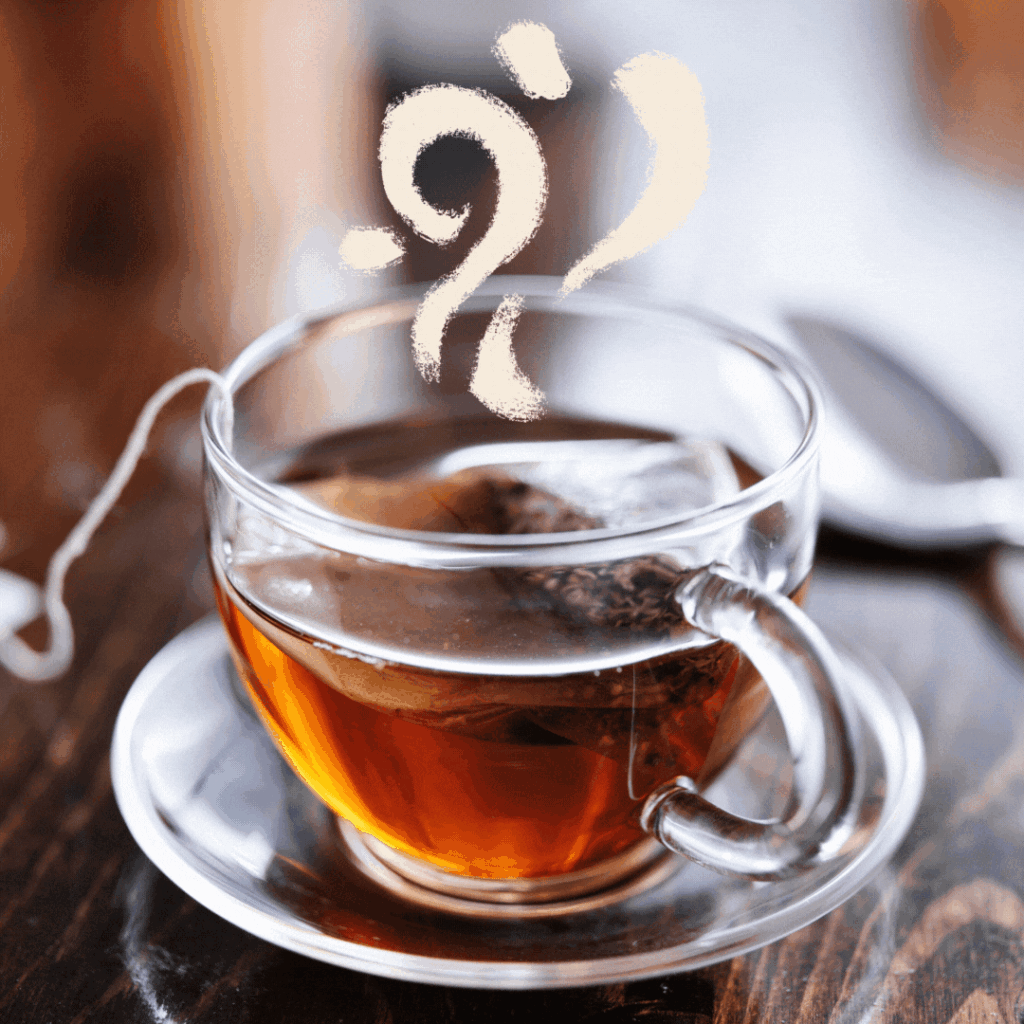
10. Distract yourself
Distraction can be a very effective quick fix. Listen to your favourite music, read a chapter of a book, or watch a funny video clip. Shifting your focus away from anxiety can sometimes be enough to defuse it or make it more manageable.
Sometimes anxiety attacks manifest as a result of anticipatory anxiety. Worrying about having a panic attack can bring one on. If you feel anxious at all, find ways to move your mind away from your rising panic and towards something else that’s calming and peaceful. You might even have a box where you keep all your favourite distractions. Your favourite book, a nice-smelling candle, a cosy sweater.
If the anxiety attack is very strong, you can try a more intense distraction like holding an ice cube, popping a sour candy into your mouth, or even plunging your face into cold water.
💙 Consider using one of Calm’s Sleep Stories, to help transport your mind somewhere more peaceful and tranquil.
These techniques can help you quell a rising anxiety attack, and each can support you in a different way. Try them individually, or use a combination of several to calm a wave of anxiety.




